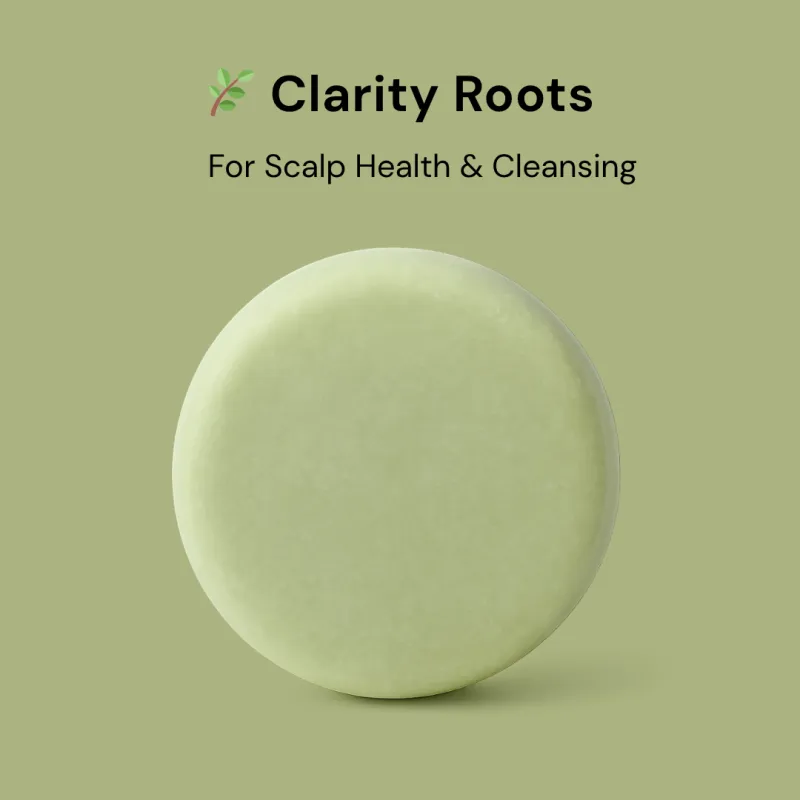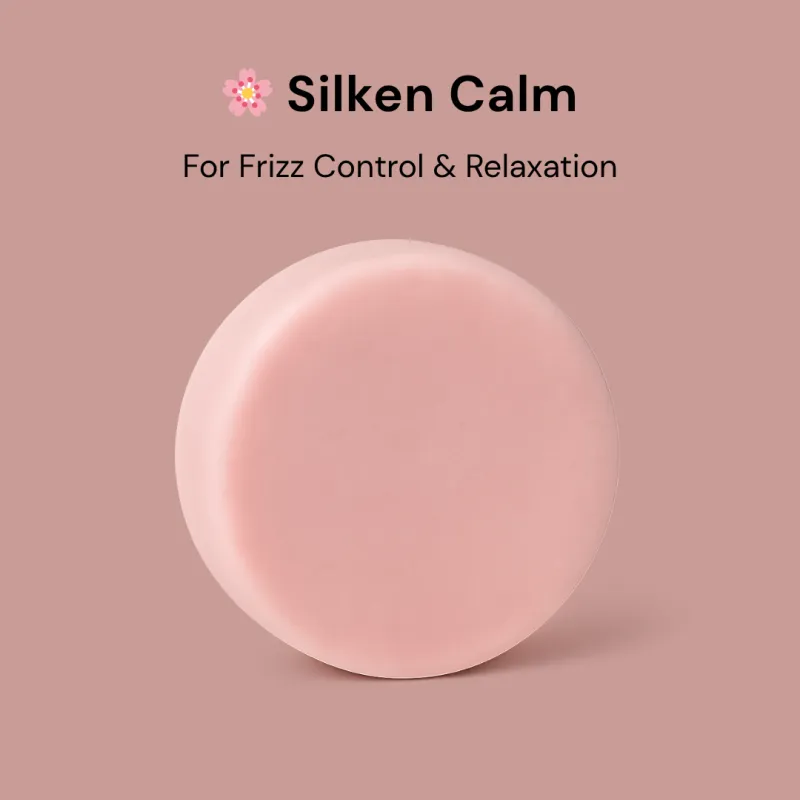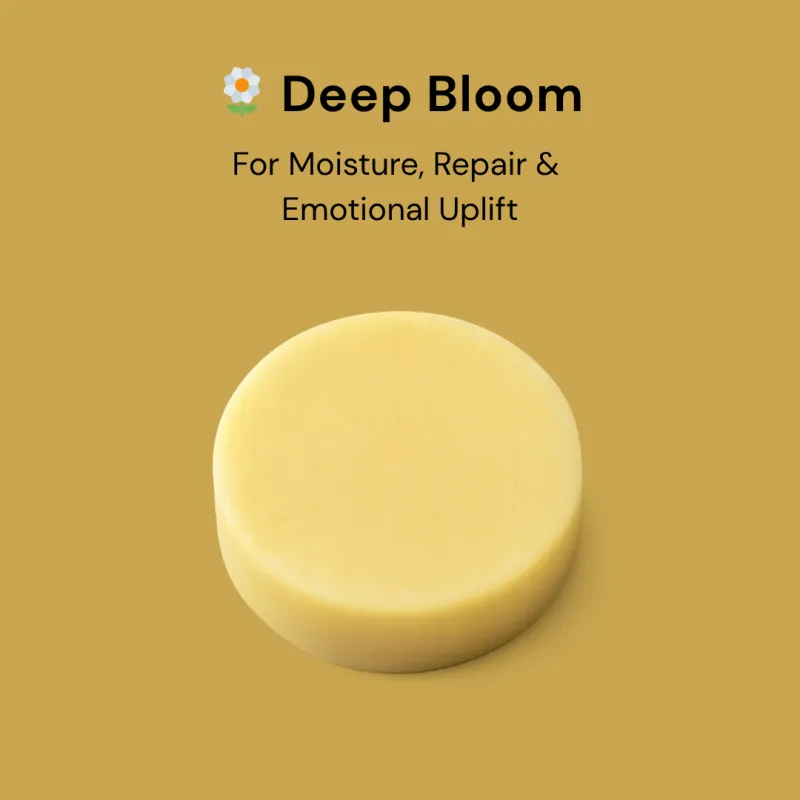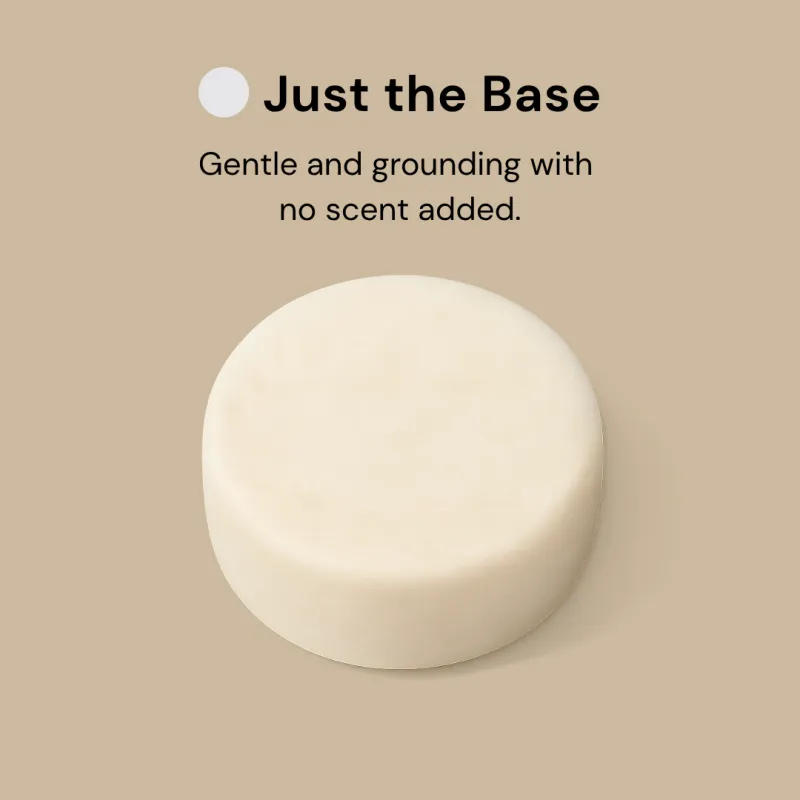Free shipping over $45
👉 Use the EWG Skin Deep database to check what’s really in your products.
📖 How to Read a Shampoo Label
Because ingredients shouldn’t need a science degree to decode.
🚿 What’s Really In Your Shampoo?
You might’ve seen “sulfate-free” or “natural” on a bottle and thought, great, it’s safe. But here’s the thing: most commercial shampoos are full of lab-created ingredients that don’t need to be there. And even so-called “clean” products often contain synthetic alternatives that aren’t much better.
Let’s break down some common commercial ingredients:
SLS (Sodium Lauryl Sulfate)
A foaming agent used in everything from car wash soap to toothpaste. It’s harsh and strips your hair and scalp of natural oils, leading to dryness, itchiness, or irritation.
I don’t use synthetic surfactants. Soap made from oils + lye naturally creates lather without needing aggressive chemicals.
SLES (Sodium Laureth Sulfate)
Marketed as “gentler” than SLS, but it’s still a sulfate and still synthetic. It goes through a process called ethoxylation, which can leave behind 1,4-dioxane, a potential carcinogen.
Not necessary. My bars cleanse effectively without synthetic chemistry.
Sodium Cocoyl Isethionate*
A common synthetic cleanser marketed as a “gentle” alternative to SLS. It’s derived from coconut oil but still processed, often used in shampoo bars for its creamy lather and low cost.
Coconut oil + lye (saponified) creates a natural cleansing soap with a rich lather, no need for synthetic foam boosters.
Coco-Glucoside*
Another mild synthetic cleanser made by combining coconut oil and sugar. Popular in sulfate-free formulas, but still lab-made and not part of traditional soapmaking.
Castor oil is used for natural suds and extra nourishment, it helps boost lather without synthetic ingredients.
Fragrance/Parfum
This one word can legally contain dozens of hidden ingredients, many of which are allergens or hormone disruptors. Companies aren’t required to list them individually.
I use essential oil blends you can read, recognize, and pronounce. No mystery chemicals here.
Silicones (like dimethicone)
These coat the hair to make it feel smooth, but they don’t actually nourish or hydrate. Over time, they build up and can weigh hair down or block moisture.
I use real moisturizers like shea butter, panthenol, and cocoa butter, ingredients that actually help your hair, not just fake it.
Parabens and other preservatives
Used in liquid shampoos to prevent mold, but many are linked to hormone disruption.
My bars don’t contain water after curing, so they don’t need synthetic preservatives. And you’re not storing them in a bottle for years anyway.
Polyquats (e.g., polyquaternium-7)
These are anti-static and detangling agents, but they’re often plastic-based and can build up just like silicones.
I rely on ingredients like castor oil and panthenol to naturally condition and reduce frizz, without plastic.
🧼 What about ingredients like Sodium Cocoyl Isethionate or Coco-Glucoside?
*You’ll see these in a lot of sulfate and paraben free shampoo bars, and honestly, they’re not the worst. They’re synthetic cleansers derived from coconut, and they do a great job lathering and cleaning without the same harshness as SLS (Sodium Lauryl Sulfate). But they’re still lab-made surfactants, and they require a fair bit of processing.
I don’t use them because I believe we can clean our scalp without these processed ingredients. I use a cold process soap base, a method that uses natural oils and lye to create a gentle, effective cleanser the old-school way. No synthetic detergents, just real soap.
🧠 Informed Is Empowered
I don’t make wild claims. I’m not a chemist. I’m someone who wanted to clean up her own routine, and share something better.
These bars are handcrafted, intentionally formulated, and designed to be both simple and effective. And if something doesn’t sit right with your hair, scalp, or values, that’s okay. You get to choose.
That’s the whole point.
🧪 What’s Actually in My Bars and Why
I want to be completely transparent with ingredient lists so you can make an informed choice. Here’s a breakdown of every single ingredient I use, what it does, and anything you might want to consider. Because you deserve to know.
🌿 Base Oils & Butters
These are the foundation of the bar, they do the actual cleansing, moisturizing, and nourishing work. No fillers here.
Olive Oil
Gentle, moisturizing, and rich in oleic acid. A classic in soapmaking for a reason. Creates a soft lather and supports scalp hydration.
Coconut Oil (76°F)
Helps the bar lather and harden naturally. It’s cleansing, which is why I balance it with richer oils so it doesn't over-dry.
Avocado Oil
Packed with vitamins A, D, and E. Great for scalp health, moisture, and softness.
Castor Oil
Adds creamy lather and draws moisture to the hair. Used for its strengthening properties.
Neem Oil
Strong-smelling, but powerful. Antifungal and antimicrobial, great for dry, flaky scalps. Some people find the scent earthy; others say intense. But it works.
Shea Butter & Cocoa Butter
Both deeply nourishing. They add a luxurious feel, reduce frizz, and help the bar last longer.
🧂 The Functional Add-Ins
Sodium Hydroxide (Lye)
A must in soapmaking. It reacts with oils to form soap, there’s no lye left in the final product after curing. Without it, there is no shampoo bar.
Distilled Water
Clean and simple. Used to dissolve the lye before mixing it into the oils.
Sodium Lactate
This is a naturally derived salt (from fermented sugars, like in beets).
What it does:
Helps harden the bar so it lasts longer
Makes it easier to unmold
Adds mild humectant (moisture-drawing) properties for scalp and hair
Transparency note: Sodium lactate is generally considered safe and gentle, but some people with extremely sensitive skin may prefer bars without added humectants. If that’s you, email me and I will make you a batch without it!
Panthenol (Provitamin B5)
A popular hair-care ingredient, and for good reason. Adds shine, improves elasticity, and helps retain moisture. It also smooths the hair cuticle to reduce frizz.
🌼 Essential Oils (in scented bars only)
I use essential oils, not fragrance oils, and always within the International Fragrance Association Standards. Each blend is formulated for hair and mood. But they are potent botanicals, and I believe an informed choice.
Here's what to know:
🌿 Clarity Roots
Rosemary, Tea Tree, Peppermint, Frankincense
Scalp-stimulating and clarifying. Ideal for oily or flaky scalps.
⚠️ Peppermint and rosemary can be stimulating, not recommended during pregnancy or for young children.
🌸 Silken Calm
Ylang Ylang, Lavender, Clary Sage, Geranium
Floral and calming. Great for reducing frizz and rebalancing scalp oil.
⚠️ Ylang ylang and clary sage can be hormone-active, avoid if sensitive or pregnant.
🌼 Deep Bloom
Chamomile, Jasmine, Rose, Patchouli
Moisture-rich and emotionally grounding.
⚠️ Rose and jasmine are beautiful but can be allergens for some. Always patch test if you’re unsure.
⚪ Unscented Bar (Just the Base)
No essential oils. Just the natural scent of the ingredients, mild, earthy, and honest. Great for sensitive skin, scent-free routines, or kids.
Pre-Order Now: Next Batch Available (they're curing)
Shipping details will be confirmed via email upon completion
© Copyright 2025.
Erin Shellington Consulting Inc.





